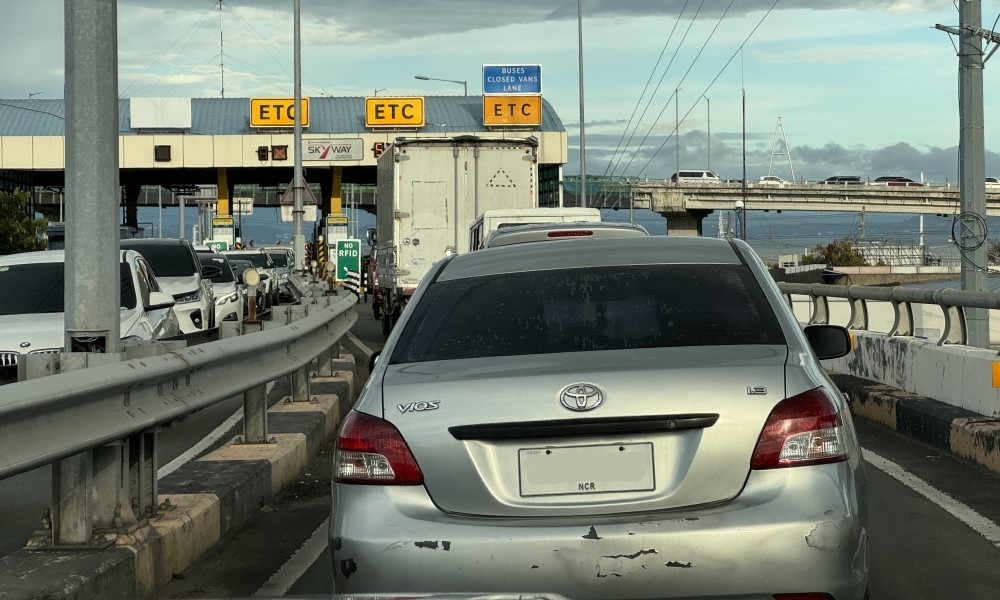
A few years ago, I wrote an article about dealing with the unreliability of RFID scanners on our toll roads. That was right in the middle of the pandemic, so in retrospect there wasn’t too much driving going on, and the problem with those scanners seemed tolerable at the time. But today, things are different.
The once-limiting travel restrictions during the height of COVID-19 are now a distant memory. Everyone is out and about, and that is reflected in the number of cars that are on the road these days. While I can’t really tell if traffic was worse before or after the pandemic, I am definitely not alone in saying that it has remained consistently bad.

What is also consistent is the feedback that road users have on the numerous toll roads that crisscross Metro Manila. Scanners are still unreliable, and there are numerous reports of inaccurate or dubious balance readouts. Additionally, there’s the issue of funneling vehicles from multilane highways into just two or three narrow booths.
One might think that operators could’ve used the downtime during the pandemic to refine or future-proof their systems as restrictions got progressively eased. But from what I’ve observed, it appears that this is just not the case. I suppose there is this mentality by these firms to not care simply because people don’t have other choices anyway.
To be fair to tollway companies, the users also give them their fair share of headaches as well. Drivers do not keep their accounts topped up even though there are electronic channels in place to help them do that. Cash-paying motorists go to RFID-only lines just to make last-minute lane changes. And there’s also the massive problem of people cutting queues at tollbooths.

The situation now is much like determining if the chicken or the egg came first. If expressway companies don’t up their game, it will make the lives of motorists difficult. But if motorists refrain from following rules or using common courtesy when using toll roads, it’s bad for business and other road users.
But whatever the case is, we cannot change the fact that Filipinos lose quite a lot in traffic. According to a recent study by the Management Association of the Philippines, congestion incurs economic losses of P3.5 billion per day. For the organization, anything over P1 billion in damage is already a calamity just like natural disasters.
Senator Mark Villar has been the subject of memes describing his social-media posts of aerial photos showing nearly empty stretches of highway. But for us who are stuck on solid ground, the former Department of Public Works and Highways secretary’s pictures couldn’t be farther from the truth. The time is definitely ripe to ask if Skyway Stage 3 and other similar projects are still the right way forward in making travel truly more efficient.
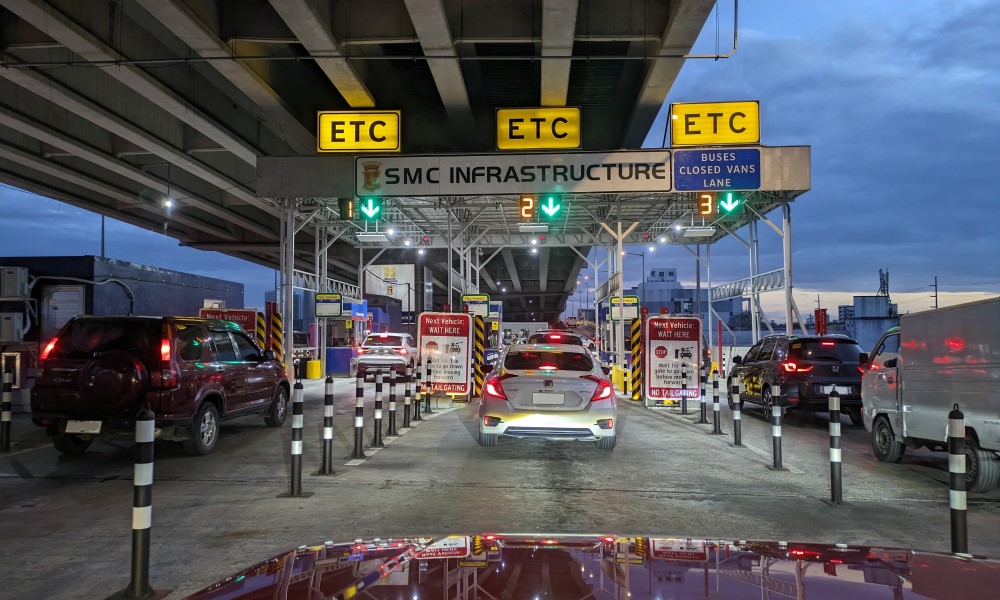
I’m no transport engineer, but I do wonder if the funds for a stretch of multilane highway could’ve been allocated for more bicycle lanes, train lines, and bus routes. Instead of an elevated roadway, a rail link connecting residential areas and business districts could potentially limit car usage and shuttle people more efficiently. An overwhelming majority of the population still depend on public transportation, so common sense should dictate that resources be focused on where the greatest demand is coming from.
With a project like Skyway Stage 3 being privately funded, I am curious if there is more profit in building a toll road than a commuter railway. Money really talks in this part of the world. And for the ones calling the shots in transport infrastructure, those with fatter wallets have the loudest voices.

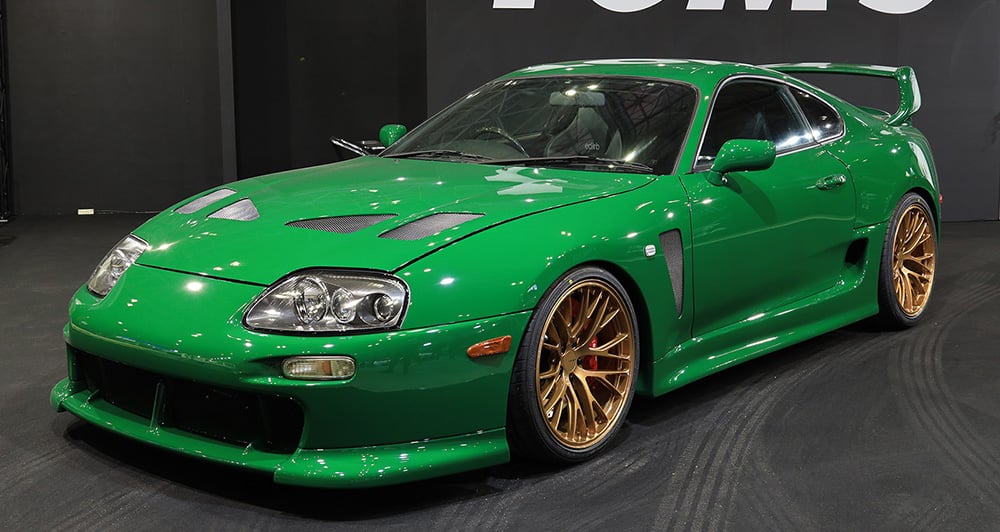
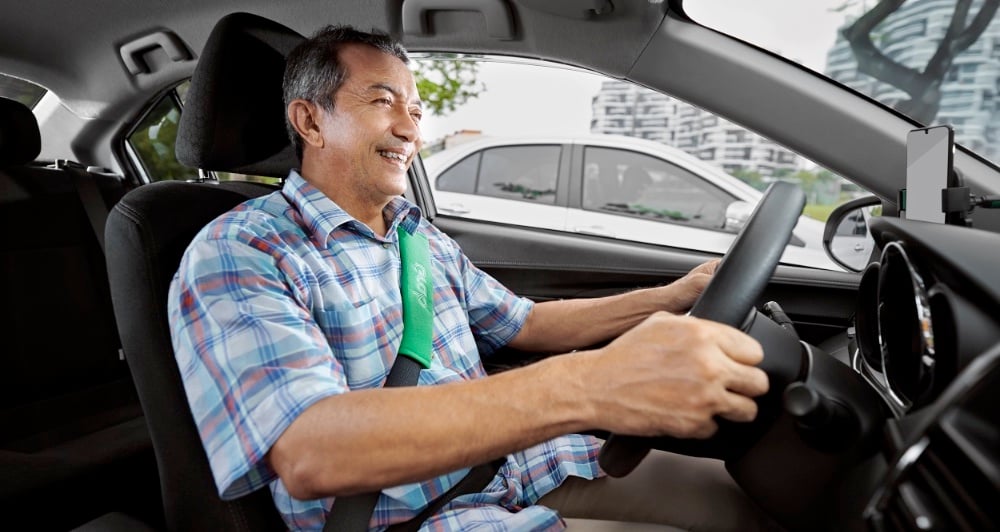
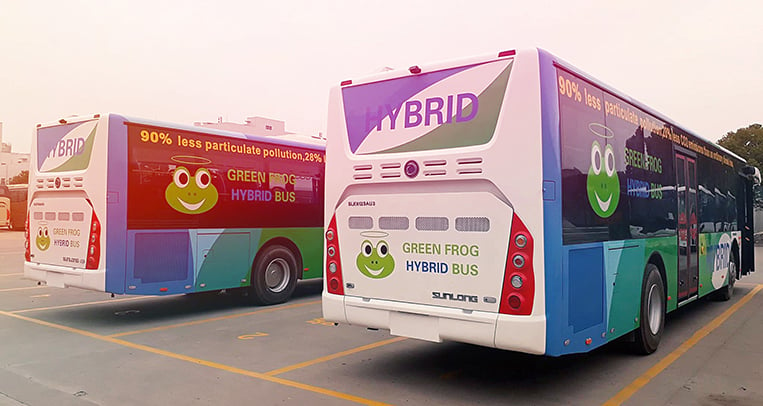
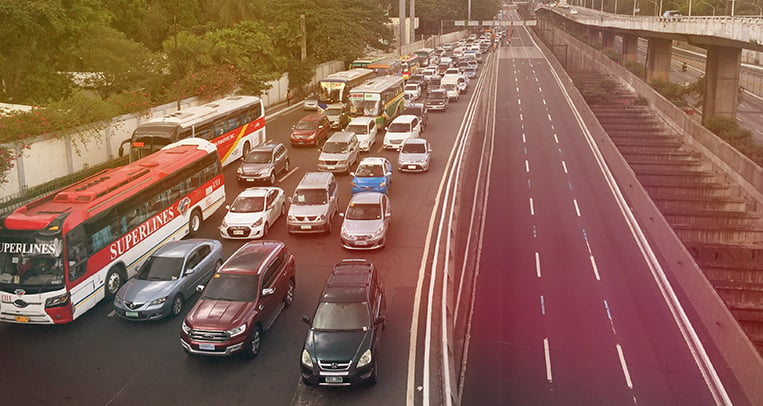


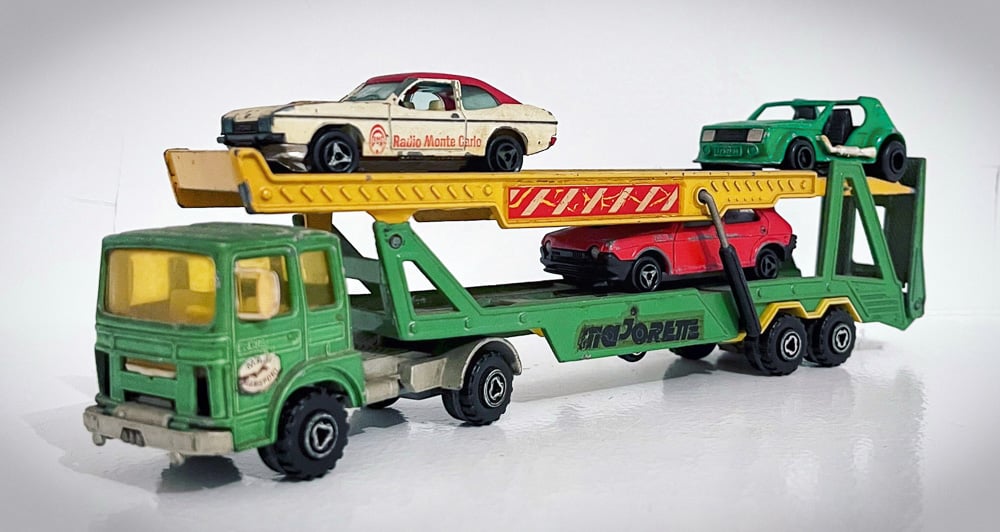
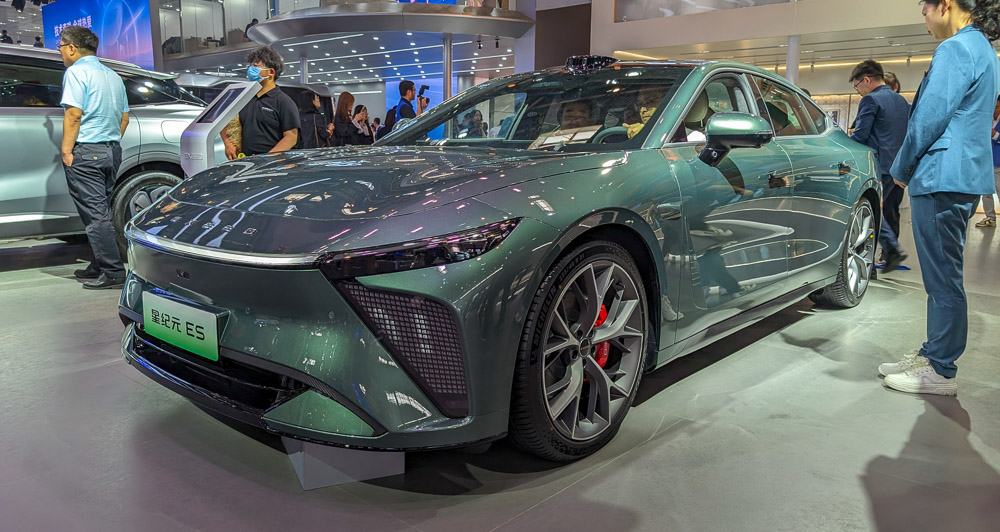
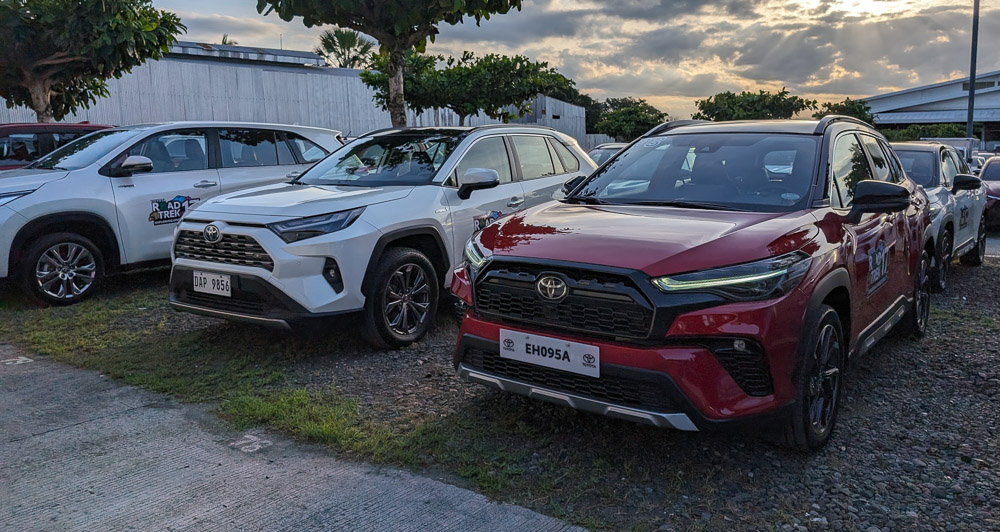
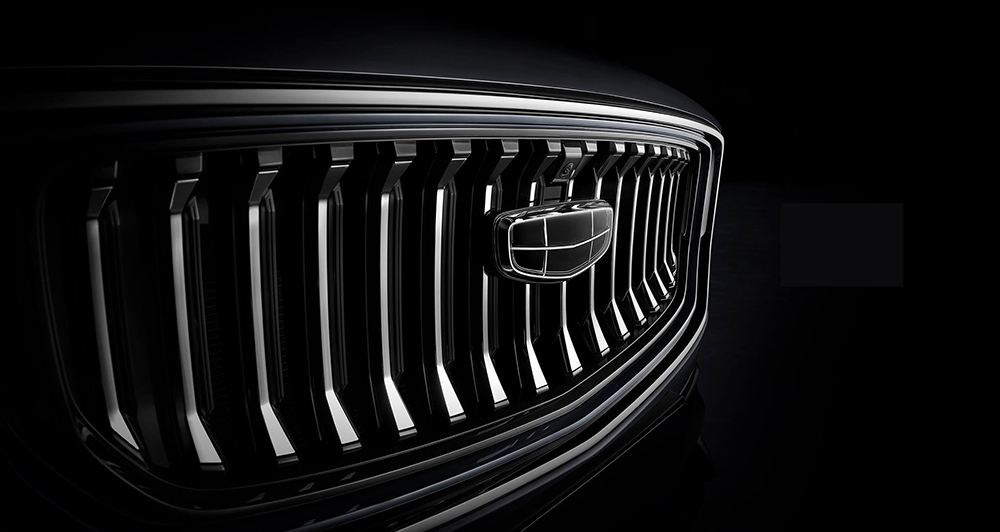
Comments